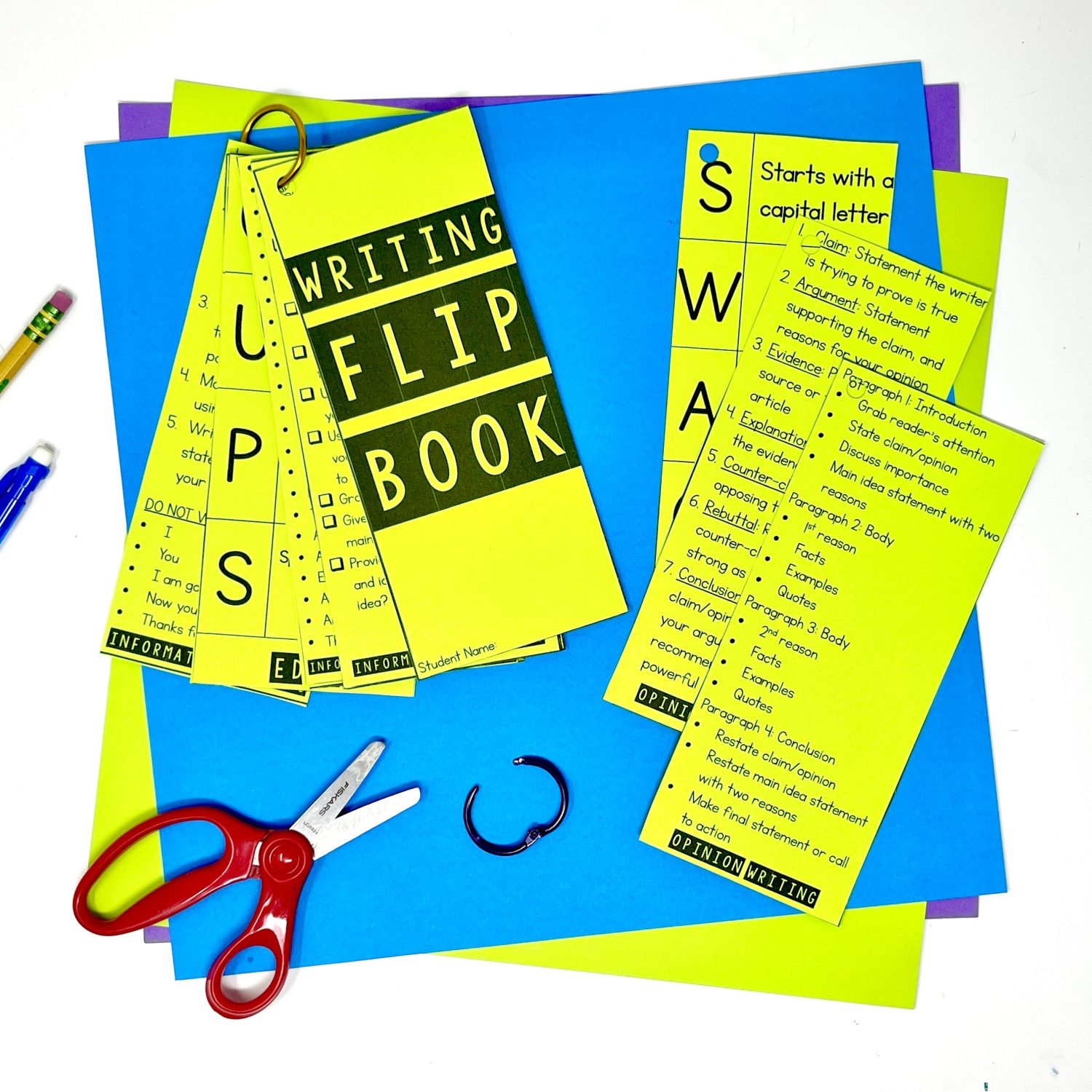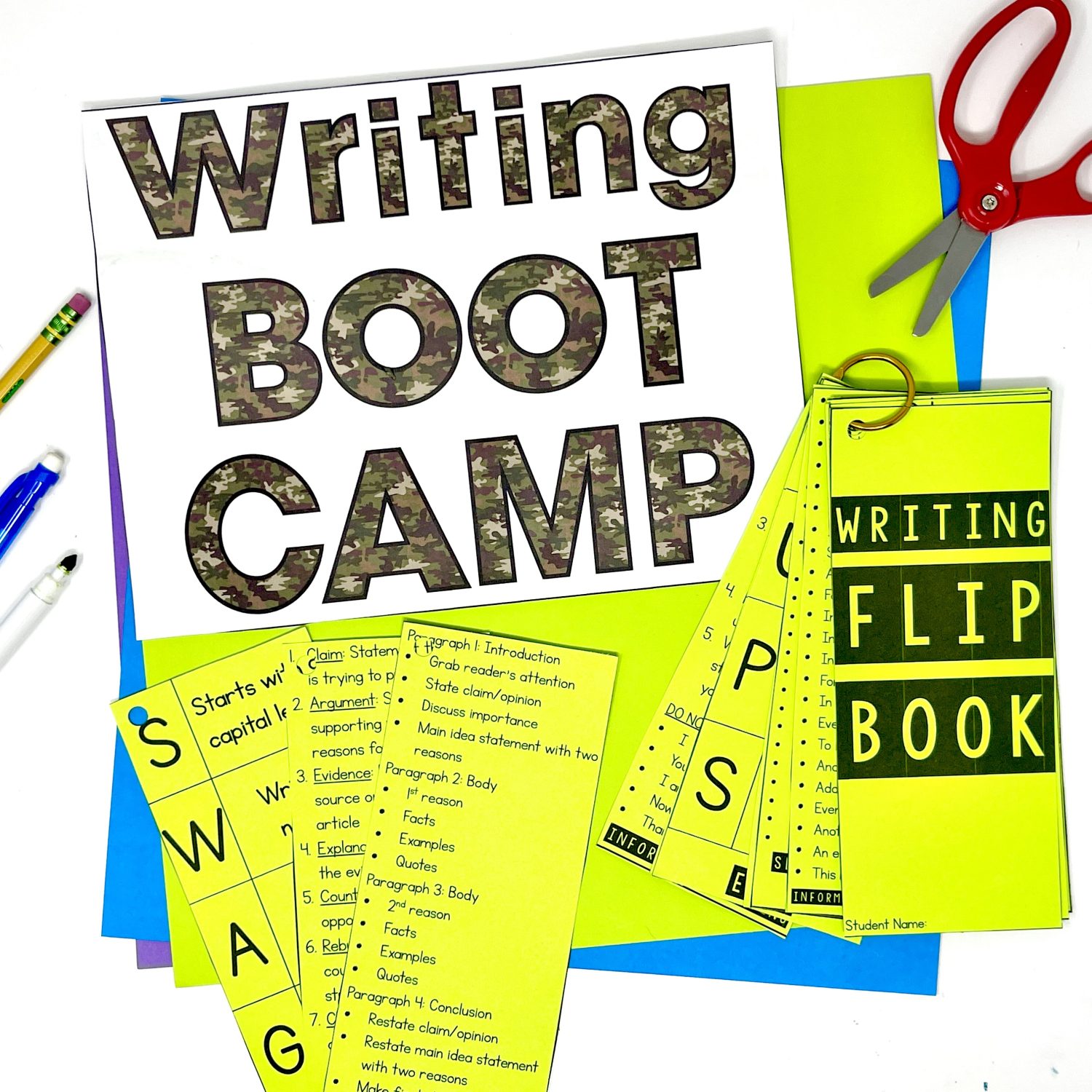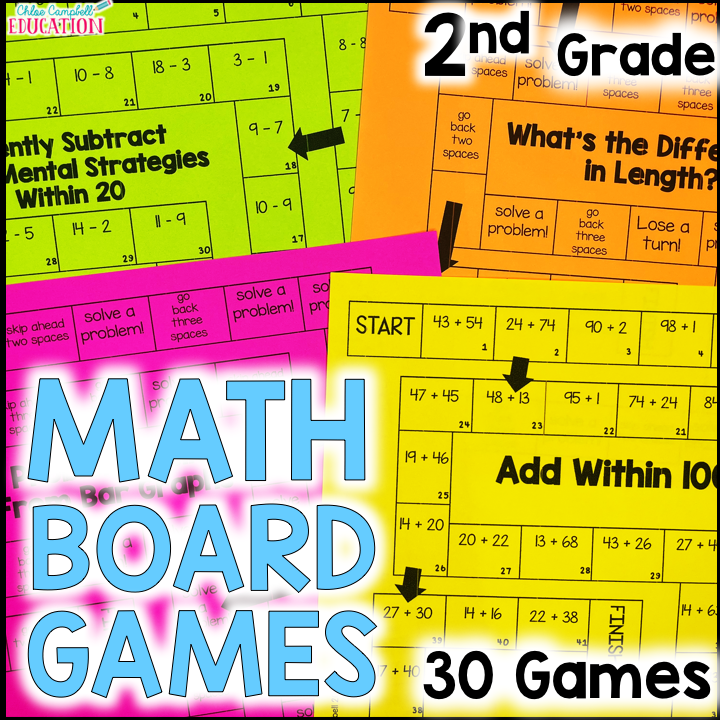Must-Teach Writing Strategies for 5th Grade
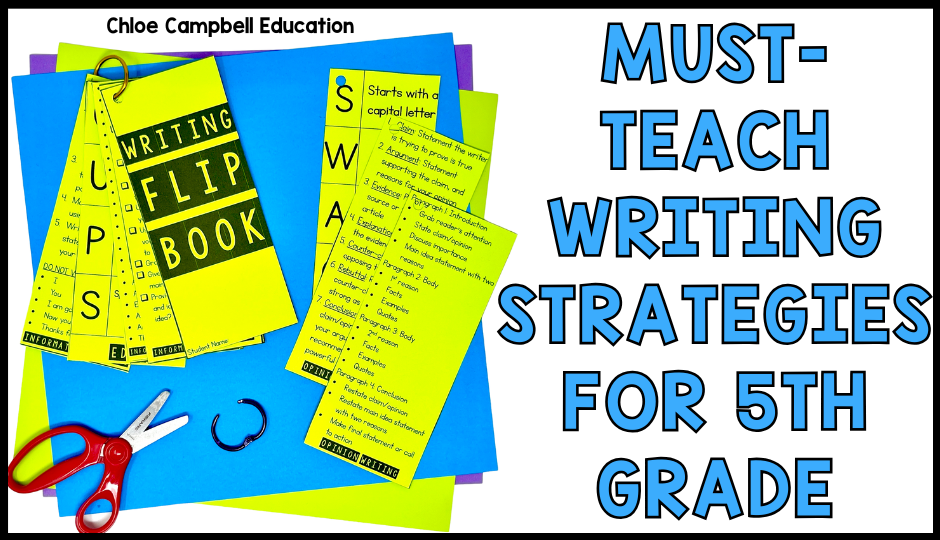
The Importance of Teaching Writing Strategies
Let’s talk about why teaching writing strategies in 5th grade is so important. Incorporating effective 5th grade writing strategies can make all the difference in how students approach their work. First off, it’s not just about preparing kids for tests (though that’s a big one!). It’s about giving them the tools to grow from writing simple sentences to crafting full-blown essays. Writing is a life skill—whether they’re writing a book report, a job application, or just trying to express their ideas clearly. Teaching writing strategies helps students organize their thoughts, build confidence, and feel proud of their work. And honestly? It makes our jobs as teachers a lot easier when they have a solid foundation to work from. By using writing prompts, anchor charts, and small groups, we can make teaching these skills more engaging and effective.
7 Writing Strategies for 5th Grade
Once you’ve introduced these strategies, you can hand your students an awesome reference tool to help them really master the process. “Here! Once you’ve taught them these strategies, give them this reference tool!” Check out these must-teach strategies that make teaching writing strategies both engaging and effective:
1. Hook Your Reader
One of the best ways to engage students in writing is to teach them how to hook their reader from the very first sentence. Whether they use a bold statement, an intriguing question, or a vivid description, this strategy helps students grab attention and set the tone for their writing. Hooks aren’t just for creative writing—they’re essential for essays and reports too.
To teach this, provide examples from books or articles and challenge students to create their own hooks for different prompts. Pairing this activity with brainstorming sessions in small groups helps students build confidence and creativity. You’ll notice a big difference in their overall writing engagement.
2. RACE (Paragraph Writing Strategy)
RACE stands for Restate the question, Answer it, Cite evidence, and Explain or Extend. It’s a perfect tool for helping fifth graders structure their responses to reading or writing prompts. This strategy works well for test prep, ensuring students provide thorough and well-supported answers.
When introducing RACE, start with short, clear prompts and model each step using anchor charts. Then, let students practice in pairs or small groups. This collaborative approach ensures they’re comfortable using evidence and elaborating on their ideas before tackling independent work.
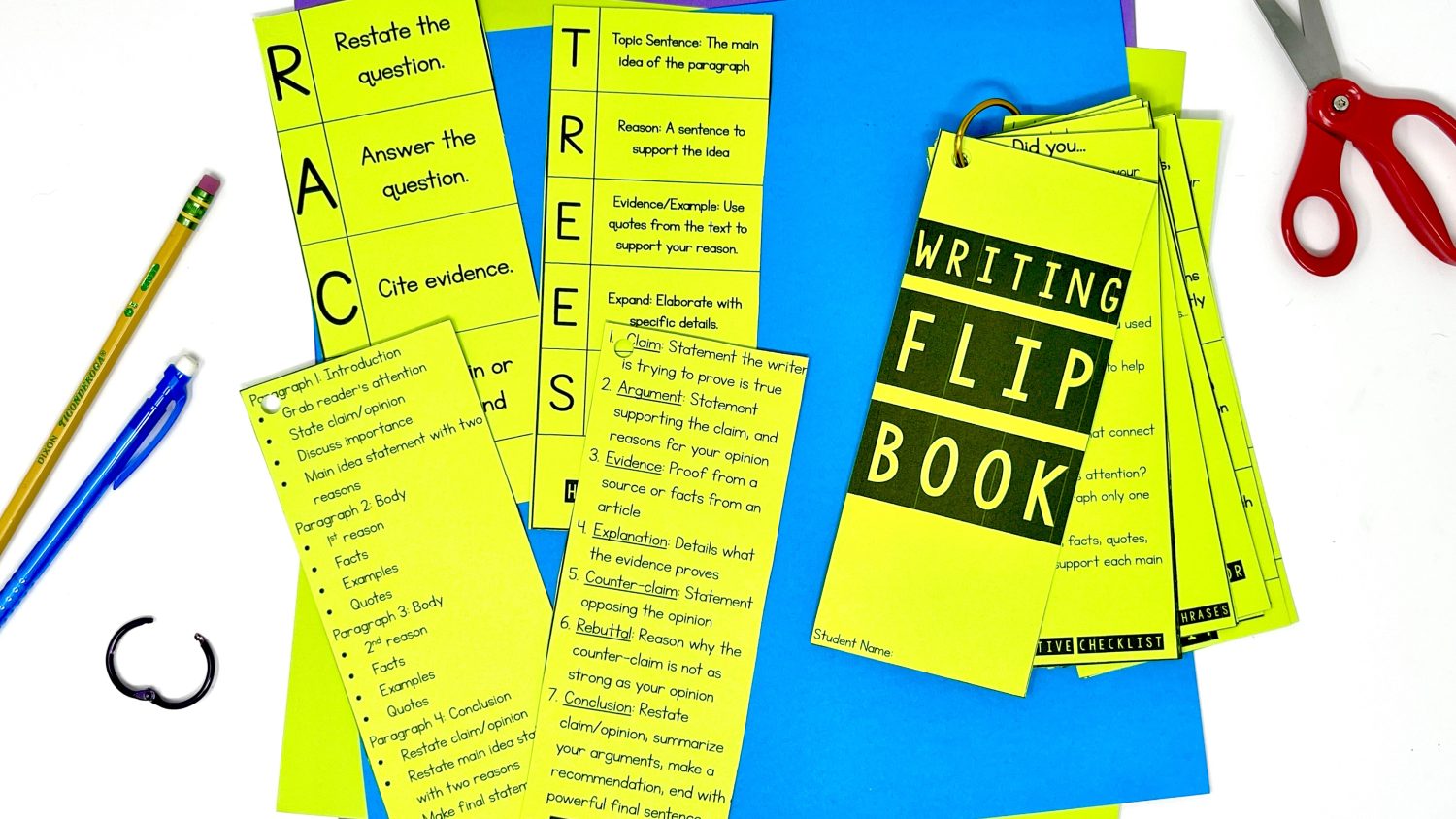
3. Sentence Stems
Sentence stems give students a framework for expressing their ideas, especially when they’re learning to write complex sentences or back up their opinions with evidence. Examples like, “According to the text…” or “This shows that…” help students stay focused and structured.
To implement this strategy, provide a list of stems for different writing tasks, such as opinion essays or informational paragraphs. Students can use them during guided writing sessions or keep them handy for independent work. Over time, these stems become a natural part of their writing process.
4. Transition Words
Teaching transition words is crucial for improving the flow and coherence of student writing. Words like “next,” “however,” or “in conclusion” act as bridges between ideas, making writing easier to follow and more polished.
Create anchor charts with categorized transition words, such as those for sequencing, comparing, or concluding. Have students practice using these words in short paragraphs and gradually incorporate them into longer writing assignments. This strategy enhances their sentence structure and overall writing clarity.
5. Strong Vocabulary
Building a strong vocabulary is essential for fifth graders to express their ideas effectively. Focusing on opinion words (e.g., “I believe,” “in my opinion”), informative words (e.g., “additionally,” “to illustrate”), and other descriptive terms makes their writing more engaging.
Use interactive activities like word choice challenges or vocabulary expansion games. Encourage students to replace overused words with stronger alternatives by referencing classroom resources, such as thesauruses or the vocabulary sections of their flip books. This not only enriches their writing but also boosts their confidence.
6. Figurative Language
Similes, metaphors, and other figurative language add depth and creativity to student writing. Teaching figurative language helps students think critically about how to convey their ideas in unique ways.
Introduce this strategy with examples from familiar texts and create group activities to identify and create figurative expressions. Use anchor charts for quick reference. Once students grasp the concept, encourage them to incorporate figurative language into their narratives and descriptive essays to make their writing more vivid.
7. Editing vs. Revising
Editing and revising are often confused, but teaching students to distinguish between the two is key to improving their writing. Editing focuses on correcting grammar, punctuation, and spelling, while revising involves reworking ideas, sentence structure, and overall clarity.
Provide students with checklists for both processes and model each step during writing workshops. Use peer editing sessions to reinforce the importance of collaboration and fresh perspectives. By mastering both editing and revising, students will produce work that’s polished and thoughtfully crafted.
Printable Writing Strategy Flip Book
Let’s be honest—teaching writing strategies is easier when your students have the right tools. The flip book is an ideal companion for mastering 5th grade writing strategies, giving your classroom a boost. Enter the Writing Strategy Flip Book. This resource is packed with everything your students need to succeed, from sentence starters to editing checklists. It’s like having a mini writing coach at their fingertips!
What makes this flip book a game-changer? First, it’s portable and easy to use. Your students can attach it to their binders, keep it on their desks, or pull it out whenever they need a refresher. Second, it’s comprehensive. The flip book includes all the strategies we’ve talked about and more, making it a one-stop shop for writing help. Third, it’s designed to boost independence. Once your students start using it, you’ll see them tackling writing tasks with confidence and ease.
If you’ve ever felt overwhelmed by teaching writing strategies, this flip book will be your new best friend. It’s perfect for helping students work through the steps of the writing process and making independent work more productive. “Here! Once you’ve taught them these strategies, give them this reference tool!” It’s the perfect way to support your students while keeping your sanity intact. Don’t wait—grab your copy and transform the way you teach writing!
Save These Tips for Teaching Writing Strategies

Looking to learn more about other writing stategies? Check out these blog posts:
5 Tips to Easily Teach Writing in an Upper Elementary Classroom


